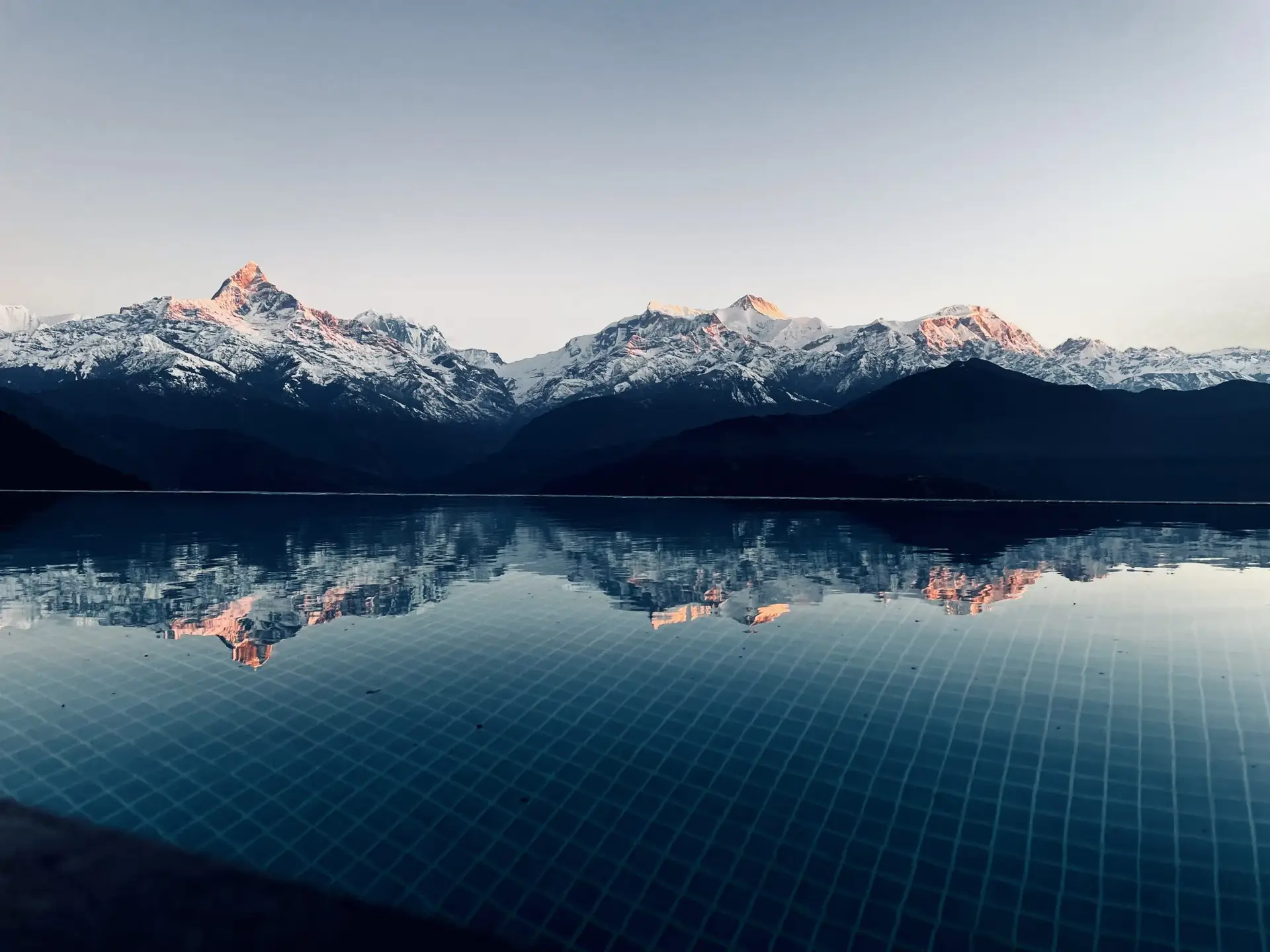With this post my Wilderness Adventure for Beginners series turns to backpacking equipment. The Internet has enough equipment reviewers so my articles won’t be about reviews. I may at times give a little detail about a specific piece of equipment that I own. That’s just a sign that I really like it. It isn’t my intention to provide a review. My equipment posts focus more on the what, why, and how of equipment.
- What should you consider adding to or removing from your inventory?
- Why should you add or remove it?
- How should you choose a specific brand or model of equipment?
Except in some rare cases, I’ll fall short of suggesting a brand or model. Most equipment selection is based on personal preferences, what you can afford, and the type of environment you hike in. For that reason, I’ll tell you the qualities that you should consider, but stop short of making a suggestion. I will share my experience and give you information to help with your research.
Equipment Mistakes
I have been a camper for most of my life and I have accumulated a lot of camping gear. I have some pretty vintage equipment which is another way of saying “really heavy”. Backpacking in the Yellowstone back country was a new adventure for me. I had to buy nearly all new equipment for my son and I to make the 8-day and 90-mile trip feasible. With just a few exceptions, I did enough research to purchase the correct equipment the first time. For me, the exceptions always fell into the category of “reducing weight”. That was further categorized into purchases of luxury items that I ended up leaving behind or essentials that I had to repurchase to get a lighter or smaller brand/model.
Luxury Items
Early in my training, I bought an REI Flex Lite backpacking chair. It weighs 1 pound 10 ounces and is a very nice chair. It certainly is one of my most favorite luxury items. Yet, when my pack weight exceeded 65 pounds, I realized that it was time to start making some tough decisions. The chair stayed at home.
Essentials

In terms of essentials, I repurchased sleeping bags, sleeping mats, and cooking pots. All were to reduce weight and optimize pack space. The sleeping bag was probably my single most expensive mistake. The initial sleeping bag was an early purchase that I hadn’t researched well enough. It was a nice price, but heavy and large. Towards the end of my training I upgraded to a lightweight sleeping bag that had a little better temperature rating, weighed a few pounds less, and packed down to less than the size of a football. The first bag cost about $80 while the second bag cost about $380. I rationalized it as the weight reduction being necessary for safety reasons. 🙂
Unfortunately, you will likely purchase some equipment that you will realize you don’t need or doesn’t have the features you require. Hopefully I can help you avoid just one of those mistakes. With a few exceptions, I would recommend purchasing equipment at REI. They have an incredible return policy. Even if you have used something and you realize that it isn’t what you need you can return it. If you can get something for less money elsewhere and are 100% sure that it’s what you need then get the best deal. However, if you have any doubt, I think REI is a great way to buy with peace of mind that you can return your gear, even after extensive use, for an item that works better for you.
Consumables & Equipment
In general, backpacking inventory can be split into two main categories of consumables and equipment. Consumables are the items that you consume throughout the trip. These things get lighter throughout the day, such as water, or throughout the trip, such as food. Equipment is made up of all the gear that you carry the entire trip. You have probably heard of the term base weight, which is the equipment, non-consumable items. Base weight will be roughly the same whether you are going out for a weekend or for two weeks. Consumables will vary by the number of days you will be out.
Future equipment posts will be categorized into the following groups:
Consumables
- Water
- Food
- Fuel
Equipment
- Hydration Systems
- Cooking & Kitchen Systems
- Clothes & Shoes
- Shelters & Sleeping Systems
- Navigation
- Personal Hygiene
- First Aid
- Backpacks & Containers
- Electronics
- Miscellaneous
Checkout my Yellowstone 2016 equipment.
Peace,
Brian
Leave a comment. Share with friends.
Featured Image Source: Zachary Galler, Yellowstone 2016



